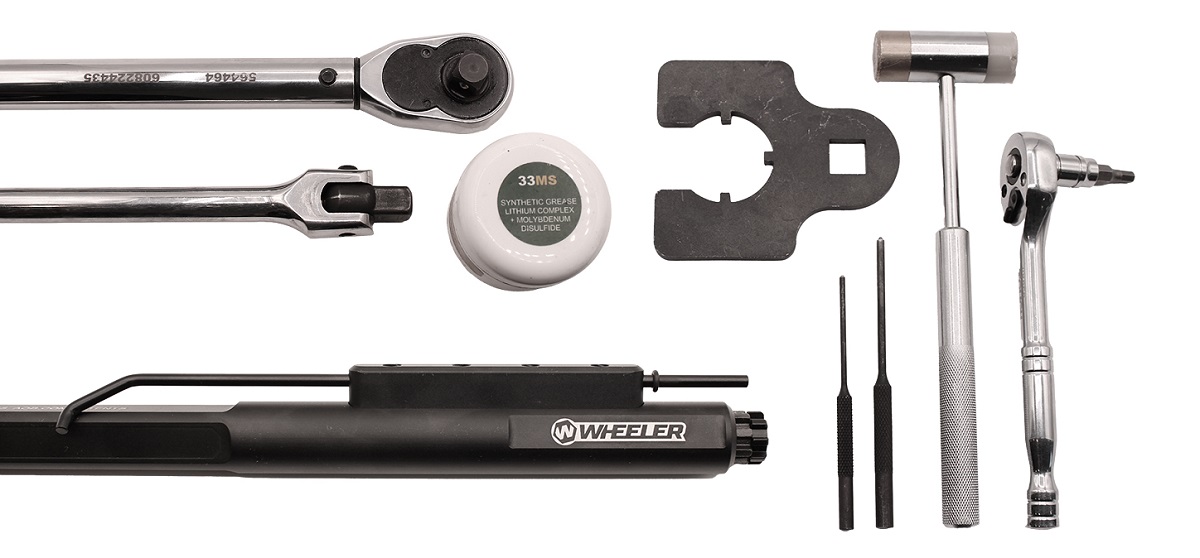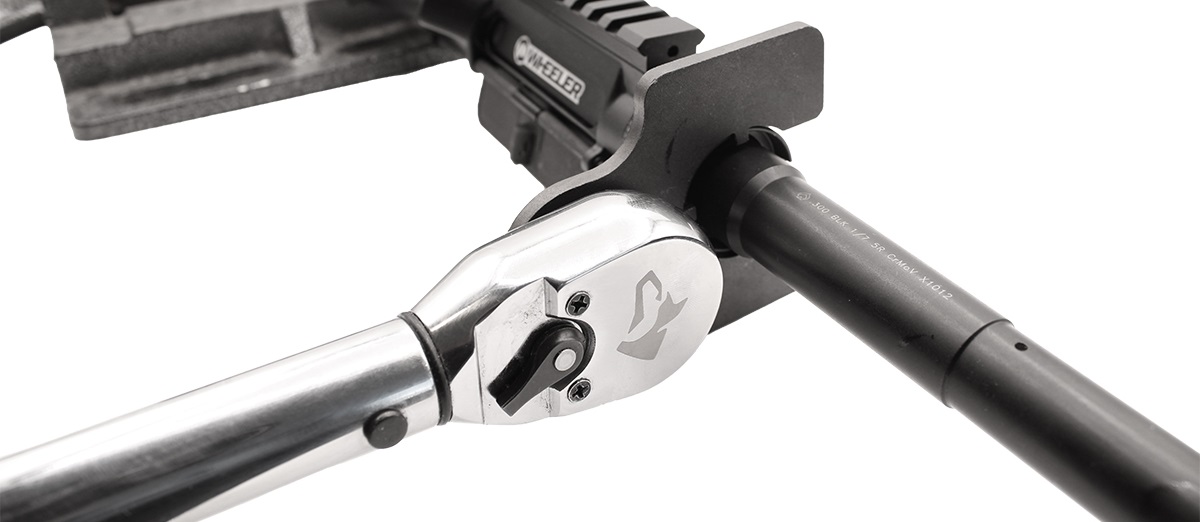The Top AR Build Mistakes (And How to Avoid Them)
Posted by 80-Lower.com on Nov 6th 2024
Building an AR-15 is easy ( here's how!). You don't need to fabricate any parts, and virtually all parts of the upper and lower assemblies can be put together with standard tools available to the average gun owner. But putting together an AR-15 the right way requires avoiding some common -- and time-consuming, potentially costly -- mistakes.
The Top AR-15 Build Mistakes
These are the most common "beginner" mistakes we see new AR-15 builders make. Here's how to avoid them.
#1: Buying Incompatible Parts

Although it is accurate to say the AR-15 is like "LEGO for adults," not all components are universally compatible with one another. This is especially true if you decide to avoid buying "mil-spec" components, and instead purchase custom, billet parts instead.
Some billet lower receivers, for example, use a buffer tube housing with wider threads. In this case, you'll need a commercial buffer tube with a thread diameter of 1.168" (mil-spec buffer tubes have threads that are 1.148" in diameter).
Read: Mil-spec vs. Commercial Buffer Tubes
So, if you decide to buy that cool, custom, skull-shaped billet lower receiver, make sure its buffer tube housing threads are compatible with the buffer tube you're using to complete the lower assembly (our billet 80% lowers all use mil-spec tubes).
Another common parts compatibility issue stems from the gas block. Many builders prefer free-float handguards, because they're lighter, thinner, and more ergonomic. But it's important to check the inside diameter of your handguard to ensure the gas block you decide to use actually fits.
Some gas blocks -- especially adjustable gas blocks -- are simply too tall to fit inside the handguard, meaning you'll need to pick a different handguard, or a different gas block, which can be a costly mistake in either case. To be on the safe side, we always recommend a low-profile gas block.
#2: Picking the Wrong Barrel Length

Lots of new AR builders make the mistake of picking parts that offer form over function, which often results in picking the wrong barrel length for your AR's chosen caliber and purpose. You wouldn't, for example, build a 300 BLK-chambered rifle with a 16" barrel if your intent is to shoot your AR suppressed with subsonic rounds.
The inverse is true, too. You wouldn't build a short-barreled AR if your goal is to maximize accuracy downrange. There's no universal rule when it to picking the right AR barrel length. It depends on what you want to do with your AR -- just make sure the barrel length you pick aligns with what you want to do with the finished rifle or pistol.
#3: Picking the Wrong Gas System Length

There's a lot of misconception when it comes to what gas system length is best for your AR-15. The correct gas system length depends not on the caliber you're chambering, but barrel length. Once you've avoided mistake #2, you need to avoid mistake #3 by selecting the gas system length that works for your barrel length.
The difference between your AR's gas and barrel length determines dwell time, an important specification that ensures your AR's not over- or under-gassed, and cycles rounds reliably without jamming or creating excessive recoil.
Read: What is Dwell Time? Gas Length vs. Barrel Length Explained
Picking the wrong gas system length is a common mistake builders make when assembling an AR-15 for the first time. Reading our guide on dwell time (linked above) provides some basic guidance on avoiding this potentially costly mistake.
Read: The Builder's Guide to AR-15 Gas Systems
If you select the wrong gas system length, you'll have to invest in an expensive adjustable gas block and new buffer system to remedy the problem, or you might have to pick a new barrel altogether. So ensure you do a little research on what dwell time is appropriate for your AR's configuration and caliber.
#4: Not Using The Right Tools

When it comes to building an AR-15, picking the right parts is only half the battle. When it comes to putting your AR together, the process is relatively simple -- if you have the right tools. Not using the right tools is a mistake that's likely to result in damaging your upper and lower receivers, handugard, or barrel during assembly.
For example, not using punches and a gunsmith hammer to tap your AR's roll pins into place greatly increases the risk of damaging your rifle's finish. Not using a proper vise block or reaction rod to secure the barrel and upper when tightening your barrel nut is also likely to result in damage to your upper receiver or barrel extension.
#5: Not Torquing Parts to Spec

Even with the right tools, new AR builders often fail to torque one of the most important AR-15 components to proper specification: The barrel nut. The AR's upper receiver uses aluminum threads to secure the steel barrel nut, and the barrel extension.
There is a specific process builders need to follow when torquing the barrel nut, which we cover in our Guide on How to Build an AR-15 Upper. Not properly torquing the barrel nut can cause it to seize permanently. Inversely, the nut can loosen over time, creating a potentially dangerous situation during live fire.
#6: Installing Hammer/Trigger Springs Backwards
This mistake is pretty self-explanatory, but it's a commonly overlooked detail that will result in your rifle failing to fire. We cover how to ensure your AR's hammer and trigger springs are oriented and installed correctly in our Guide on How to Assemble The AR-15 Lower Parts Kit.
DISCLAIMER: If you are new to the world of DIY gun building, you likely have a lot of questions and rightfully so. It’s an area that has a lot of questions that, without the correct answers, could have some serious implications. At GunBuilders.com, we are by no means providing this content on our website to serve as legal advice or legal counsel. We encourage each and every builder to perform their own research around their respective State laws as well as educating themselves on the Federal laws. When performing your own research, please be sure that you are getting your information from a reliable source.


